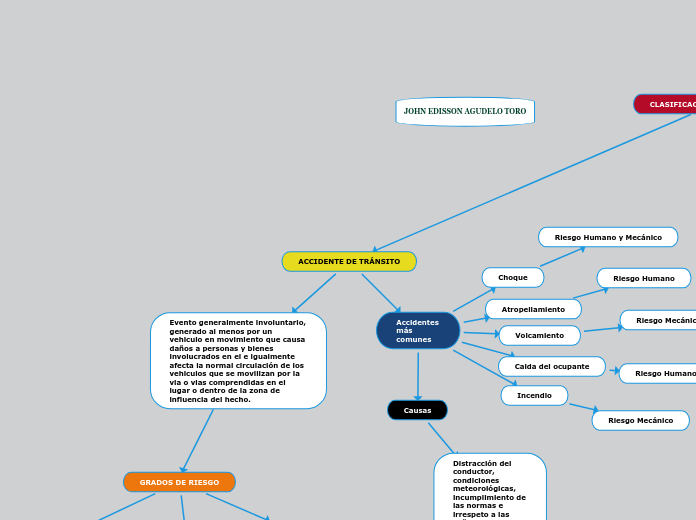El Proceso y las fases de la auditoría de Sistemas de Información
To name your story, you have to think about the overall message and what you want your audience to understand from the story. Also, make it relevant and easy to remember.
Elementos principales de la metodología de auditoría informática
The ending of a story is essential. We all know that if the ending is weak, what happened before loses its importance. So make it unpredictable, but fair. A resolved ending answers all the questions and ties up any loose threads from the plot.
Prueba
Controles
Objetivo de control
This is the closure section of the story.
See examples of possible outcomes below:
- all problems have been solved
- it's clear how each one of your characters ends up
- your main character is transformed by the challenge
Riesgo
This is the moment when the main character surpasses the last obstacle and finally faces their greatest challenge.
The climax usually follows one of these patterns:
- realization
- resolution
- choice
Type in your answer.
EDR Genérico: evaluación de Riesgos
The middle of the story is where you add layers of complications that will lead to the end. Reveal more about the character's journey. Did their personality go through changes? How did they overcome the challenges? And as you build up the story’s central conflict, make it more personal to that character. Also, from the middle act, you have to lead into the final act.
Le permite a la evaluacion de riesgo
Y medir la completitud, eficacia y eficiencia de los controles internos
cuantificar el riesgo de los sistemas de información
El auditor conduce todo el proceso de auditoría a partir de la evaluación inicial del riesgo potencial existente sobre el Sistema de Información de la organización.
Each story has a main character and that character usually needs to solve a problem or challenge. The character's challenge is the one that creates tension throughout the story.
Metodologia de auditoria Informatica
In the beginning of the story (or the exposition), you will need to introduce the setting and characters. You might also want to introduce the main conflict. This part of the story is important because it gives the reader necessary background information and maybe even a first insight into a character’s personality.
Metodologia de auditoria Informatica: Es el conjunto de pasos y métodos que, si se siguen de forma sistemática, conducen a la realización correcta de una auditoría de SI.
Auditoria: Es sistemática en la medida en la que esté basada y se ajuste a una metodología.
The setting (time & place) of a story can change throughout the plot.
Metodologia: Es un conjunto de métodos que se siguen de forma sistemática y disciplinada para la realización de un fin u objetivo determinado.
Characters are essential to a good story. Usually, the protagonist(s) is/are the most affected by the plot. Introduce a character by focusing on their actions, interests, and occupation, as the physical appearance doesn't make a difference in most cases.










